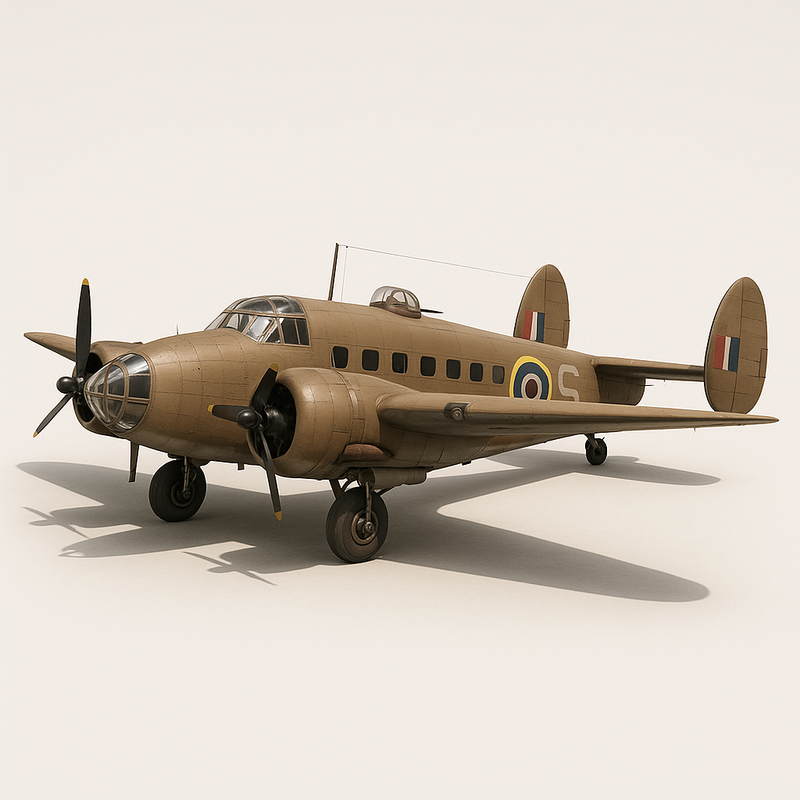
This section of the archive is dedicated exclusively to the investigation and documentation of the aviation accident that occurred in Ermida on March 6, 1944. The tragic incident resulted in the loss of three crew members aboard the Lockheed Hudson FK791. The aircraft was on a routine flight between Portreath, United Kingdom, and Lajes Air Base in the Azores, with a planned stopover in Gibraltar.
This is probably the least documented aviation accident to have occurred in Portugal during the Second World War. As expected, given Portugal’s supposed status of neutrality in the conflict, national newspapers made no mention of such incidents. The situation was no better in the regional press: the only local newspaper at the time, A Razão, had ceased publication in 1935. The closest active newspaper to the Mira region was Diário de Coimbra, which to this day has found no reference to the accident in its historical archives.
During the investigation, one of the first, if not the very first pieces of information discovered, was that the accident occurred on March 6, 1944. An aircraft of the Royal Air Force, a Lockheed Hudson IIIA with the registration FK791, belonging to No. 269 Squadron of Coastal Command, crashed in Ermida. At the start of the war, the mission of this command was to patrol coastal areas, and it was later deployed to Iceland with the objective of detecting and sinking German submarines. By March 1944, the squadron was based in the Azores, carrying out weather reconnaissance and maritime search and rescue operations, until it was deactivated on March 10, 1946.
The aircraft that crashed in Ermida was en route from Portreath, in the southwest of England, to Lajes Air Base in the Azores, with a scheduled stopover in Gibraltar. While flying over the Bay of Biscay, the plane was caught in a thunderstorm that damaged the left engine. As a result, the British pilot, David Duncan McPetrie, ordered the crew, George Gordon McLean, an Australian navigator; Philip Arthur Gallop, a Canadian radio operator and gunner; and Walter Edward Potwarka, also a Canadian radio operator and gunner to put on their parachutes. As the aircraft approached the Mira region, it suffered total engine failure, prompting the crew to deploy an inflatable dinghy, part of the emergency equipment intended for the rescue of castaways, into the Mira Lagoon. At that moment, the Canadian crew member Walter Edward Potwarka parachuted from the aircraft, becoming the sole survivor of the crash. According to reports, he was rescued by a fisherman who was in the lagoon at the time. It is believed that the pilot attempted to turn the aircraft back north, but after the second engine failed, he lost control. The aircraft ultimately crashed south of Ermida at around five o’clock in the morning.
According to testimonies from Mira residents who went to the site at the time, Maria de Lourdes Costa (Cential, 1926), Fernando Cruz (Mira, 1931), and Alier Domingues Gonçalves (Ermida, 1937), as well as Artur Fresco (Lagoa, 1936), the aircraft flew over the municipality of Mira already on fire and was seen from several localities. During its final flight, it dropped maritime rescue equipment over the Mira Lagoon before crashing into the forest in the Pinhal do Canto do Mato, located in Ermida. It was also over the Mira Lagoon that the sole survivor, Edward Potwarka, parachuted from the aircraft, becoming entangled in a tree. Several reports indicate that he was heard by fishermen who were at the lagoon at that moment. Afterwards, Potwarka was taken to the village of Cential, to the house of the senior postman Manuel Miranda Rolo, where he was offered coffee and corn bread. To assist in communication, the writer and World War I veteran Maia Alcoforado (Panoias 1899 - Mira 1974), fluent in English, was called. Potwarka was then escorted to the local forestry station, where he was handed over to the Portuguese authorities. The artifacts presented here were preserved by Forest Ranger Mendes, resident at the Casa Florestal da Lagoa, the place where the remains of the crashed aircraft were taken. The subsequent fate of the aircraft remains unknown. At the time, it was common practice for unrecoverable military equipment to be donated to local charitable institutions (Misericórdias), which sold them as scrap to raise funds. Part of this collection was later donated to João António Miranda Petronilho, who kept it until he gave it to the municipality. The last item in this collection, registered under inventory number 193, was donated by Eduardo Maduro, a local resident of Mira who collected the piece on the very day of the accident.

Badge of Squadron 269
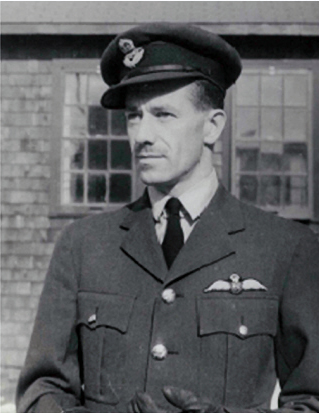
David Duncan McPetrie
Pilot
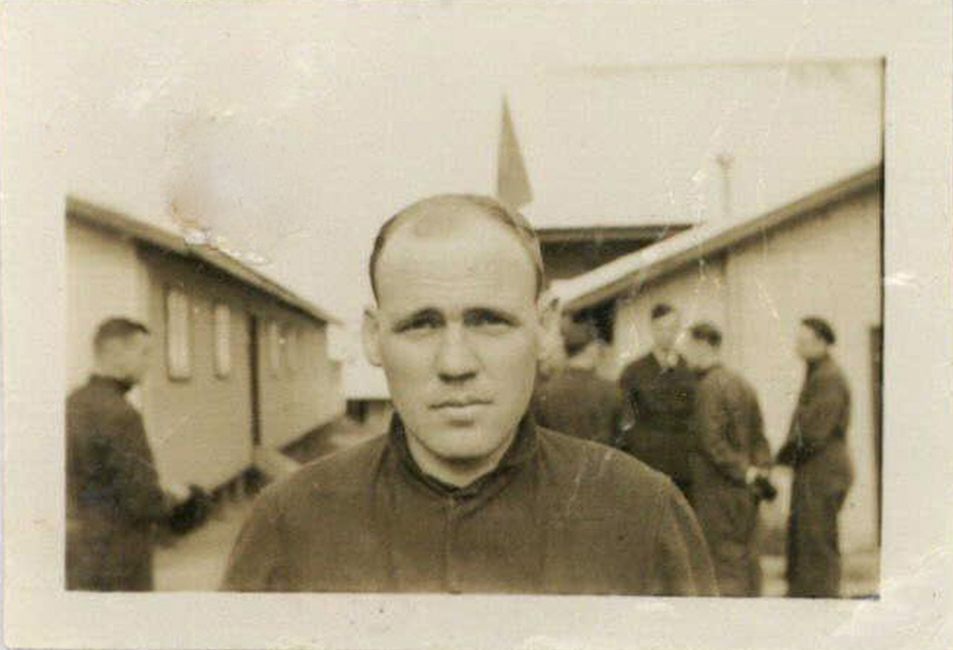
George Gordon McLean
Navigator and gunner
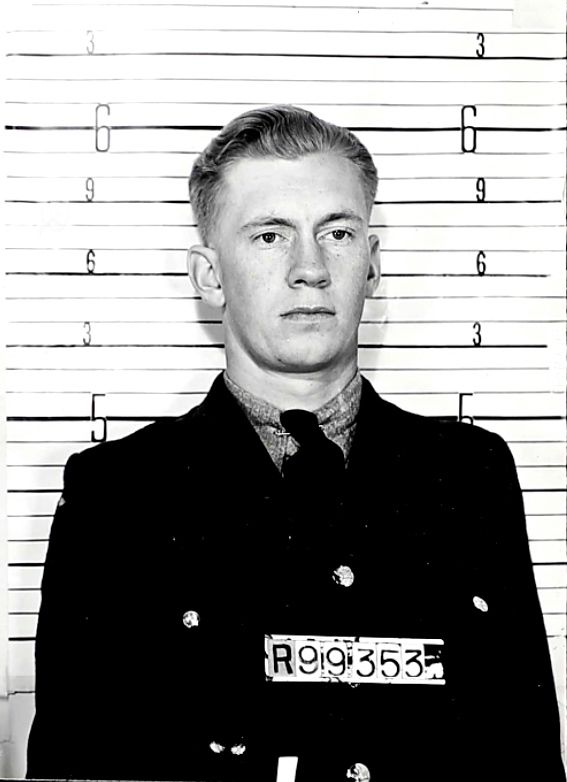
Philip Arthur Gallop
Navigator and gunner
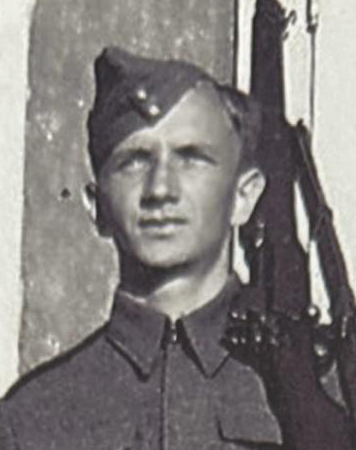
Walter Edward Potwarka
Navigator and gunner

Lockheed Hudson blueprint
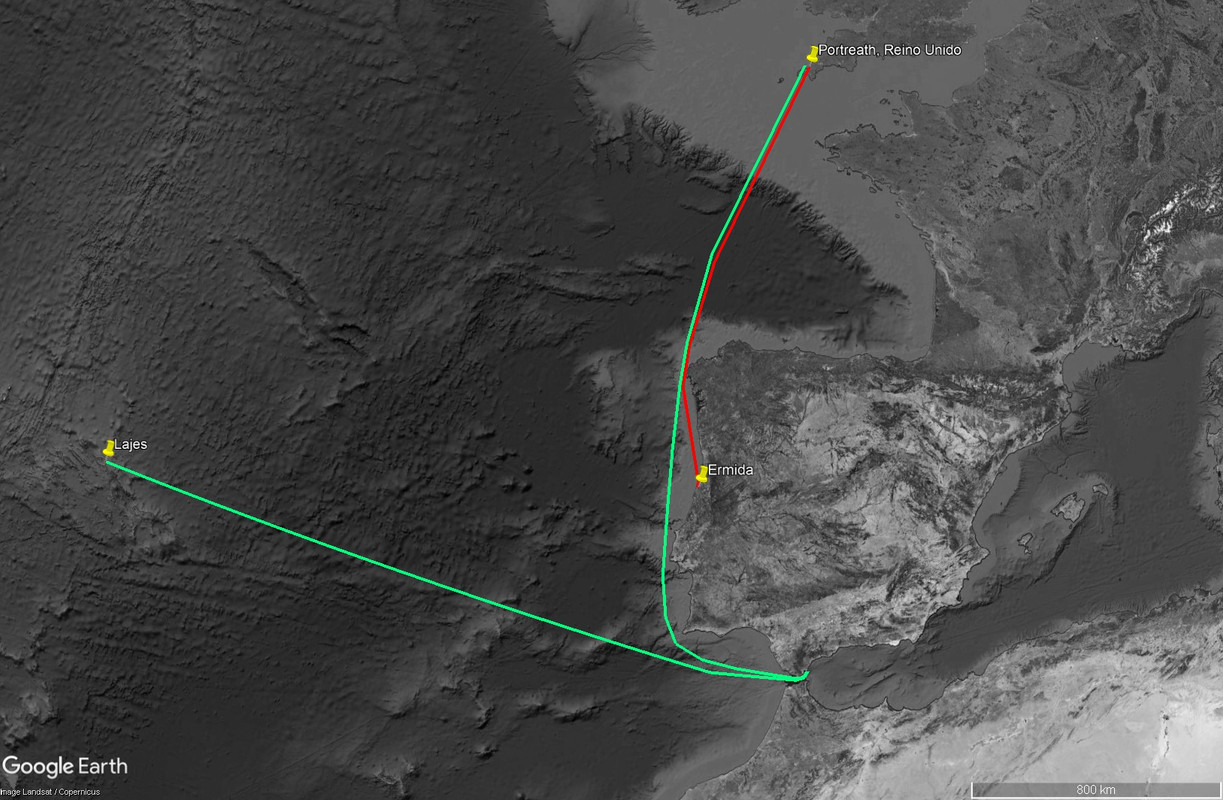
Flight plan
The original plan is shown in green.
In red, the route taken
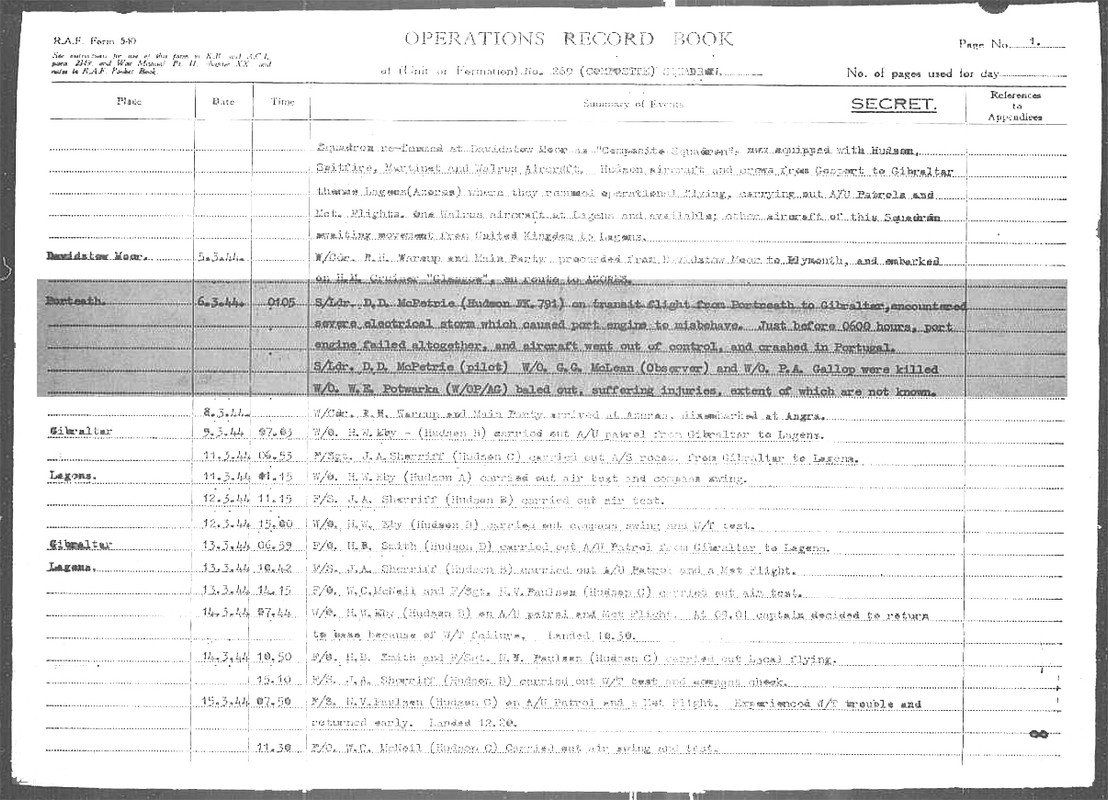
Operations logbook
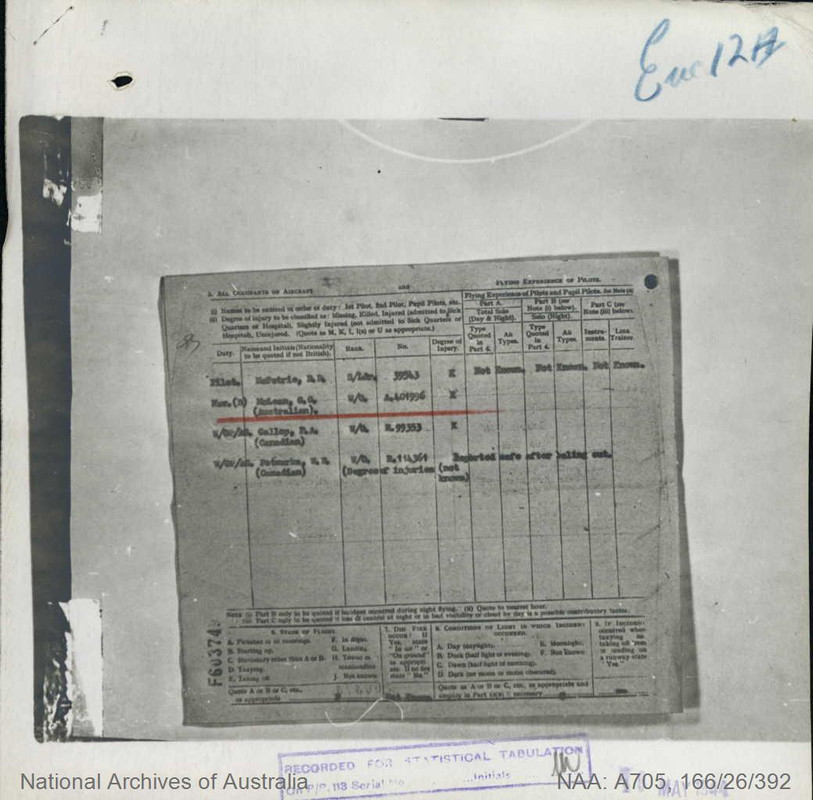
Crew list of FK791
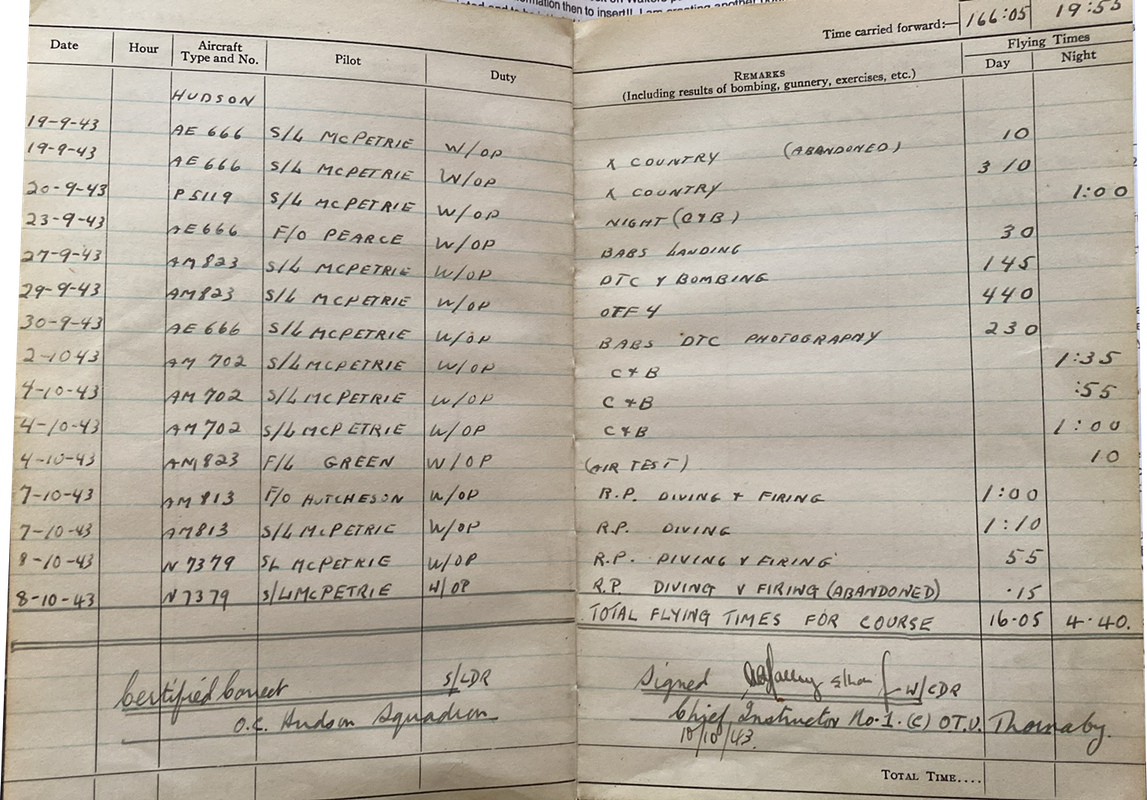
Flight records of David Duncan McPetrie
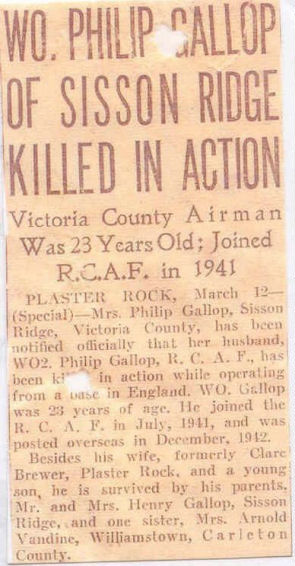
P. A. Gallop death news
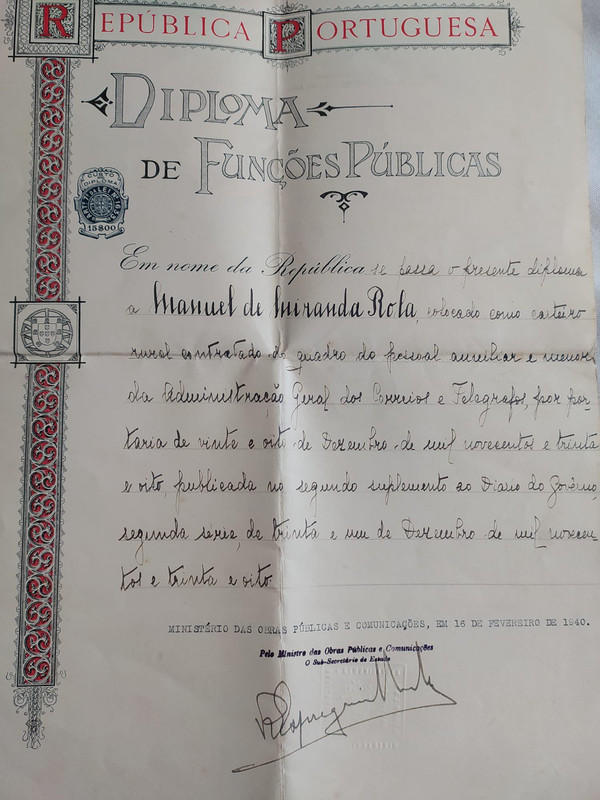
Diploma for Public Service
Manuel Rolo
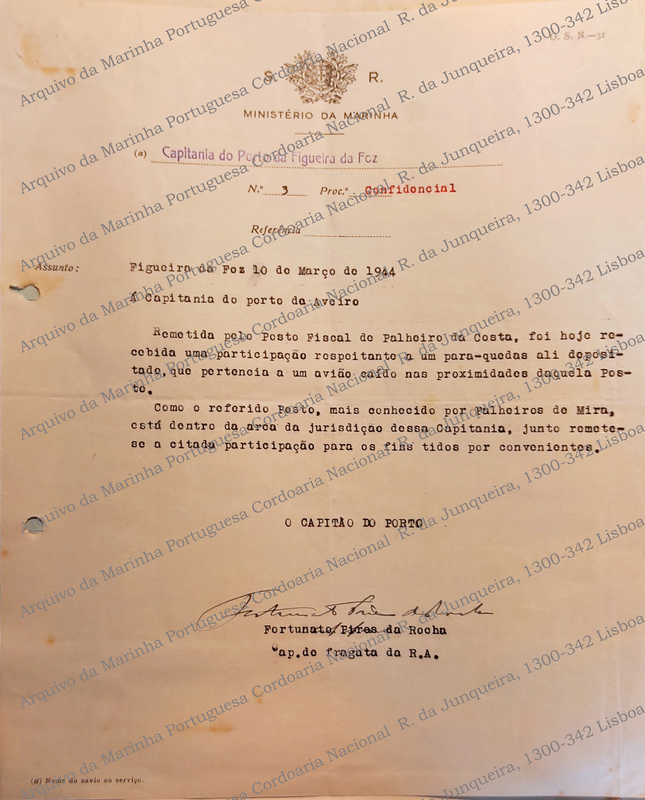
Confidential Circular No. 4/44
Customs Guard Post of Palheiros da Costa
to the Harbour Master of Figueira da Foz
reporting the possession of a parachute
belonging to the aircraft.
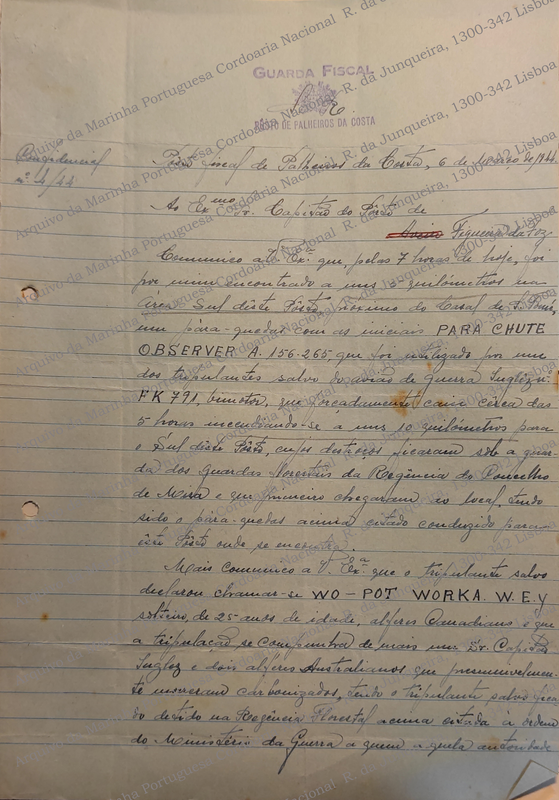
Confidential Circular No. 3
Customs Guard Post of Palheiros da Costa
to the Harbour Master of Figueira da Foz
reporting the possession of a parachute
belonging to the aircraft.
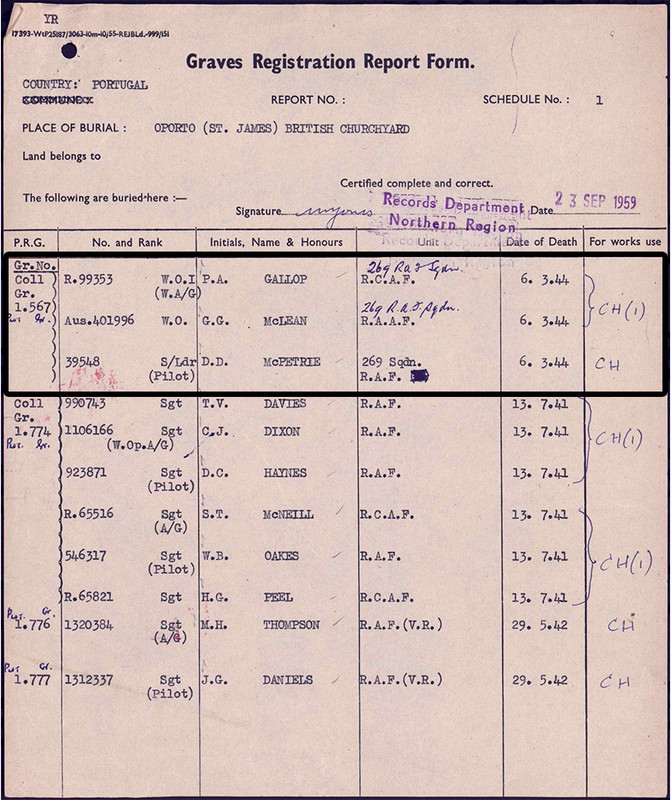
Burial Register
St James Cemetery
Oporto
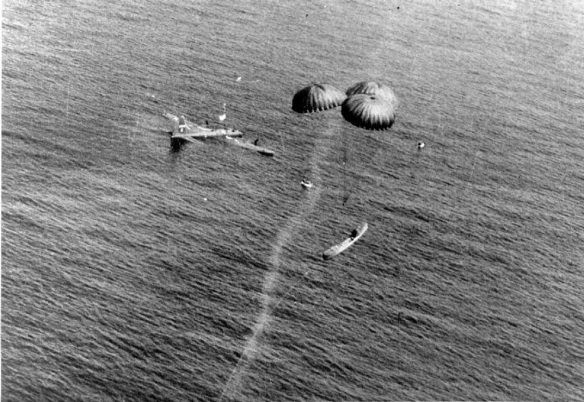
Locheed Hudson
Attack on a U-Boat
Image generated by AI
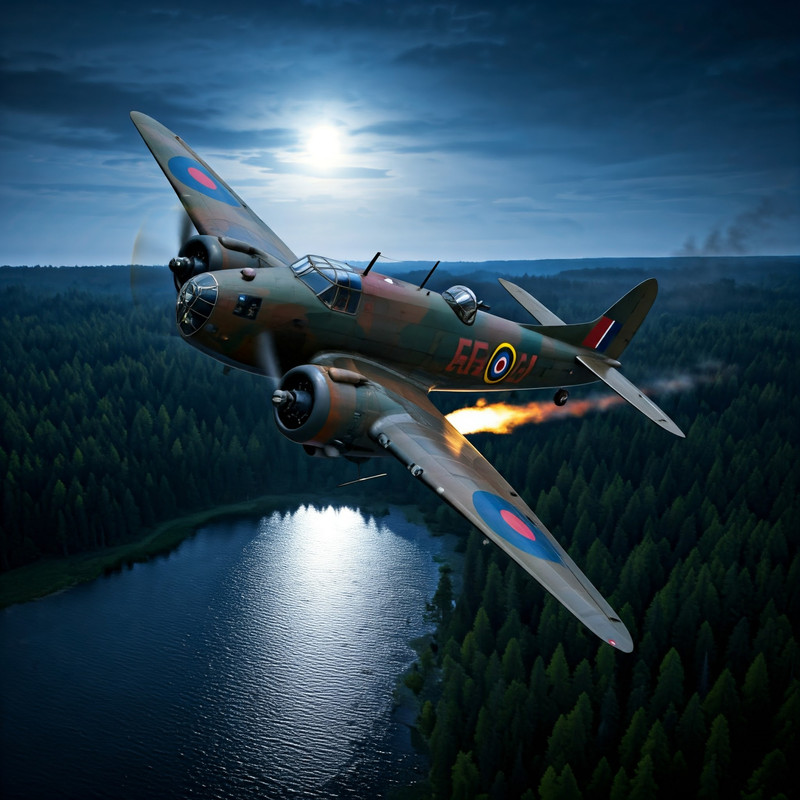
Reconstruction of the accident
over the Mira Lagoon
Image generated by AI
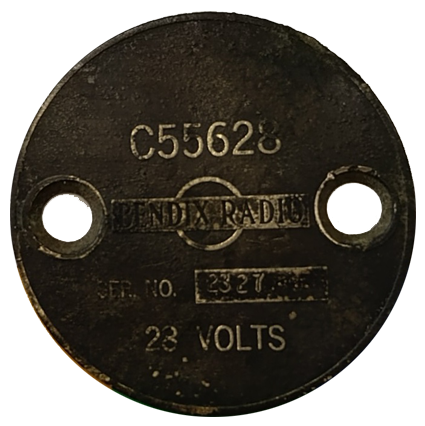
Round metal plate
N.I. 172
C55628, Bendix radio, SER. NO. 2327,
28 VOLTS | Diameter de 40mm
Thickness 10mm | Weight 15,88g
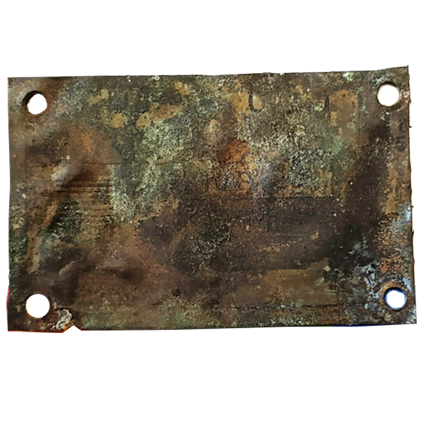
Brass metal sheet,
N.I. 173
Measurements 50 x 31 x 0,1mm
Weight 7,25g
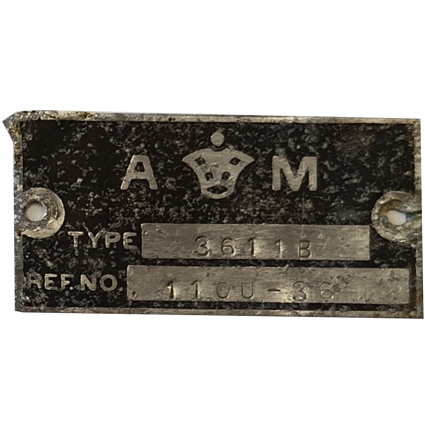
Aluminium metal plate I
N.I. 174
AAM With a crown between the two letters.; TYPE RA-1B; REF.NO. 110D/303
TYPE 3611B; REF.NO. 11OU-36
Measurements 38 x 19 x 0,1mm
Weight 0,86g
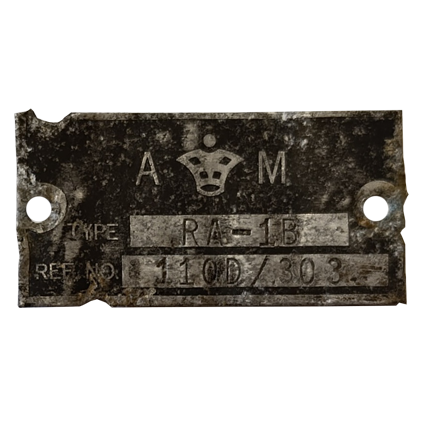
Aluminium metal plate II
N.I. 175
AM With a crown between the two letters.
TYPE RA-1B; REF.NO. 110D/303
Measurements 38 x 19 x 0,1mm
Weight 0,86g
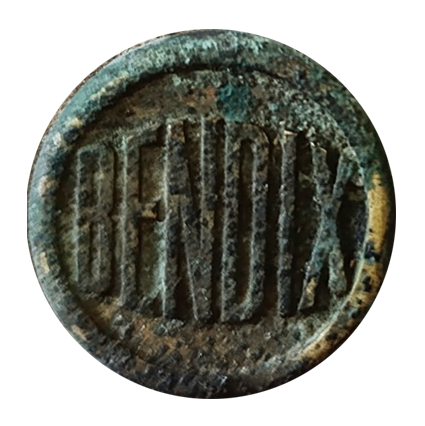
Round metal plate, with the inscription,
N.I. 176
Bendix
Diameter de 20mm | Thickness 2mm
Weight 5,90g
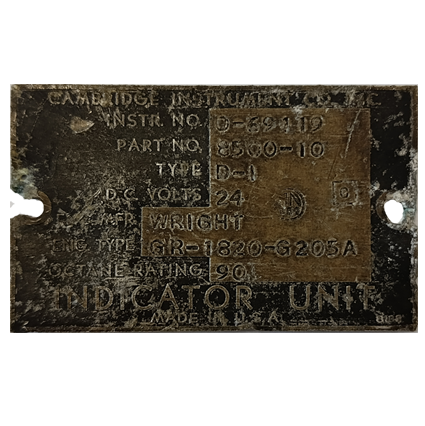
Metal plate
N.I. 177
Cambridge instrument Co Inc.
INSTR: NO: 069119 | PART. NO. 8500-10
TYPE D-1 | D.C. VOLTS 24
ENG MFR wrigth
ENGTYPE GR-1820-G205AOCTAE RATING 90
INDICATOR UNIT | MADE IN USA
Measurements 52 x 31 x 2mm
Weight 3,40g
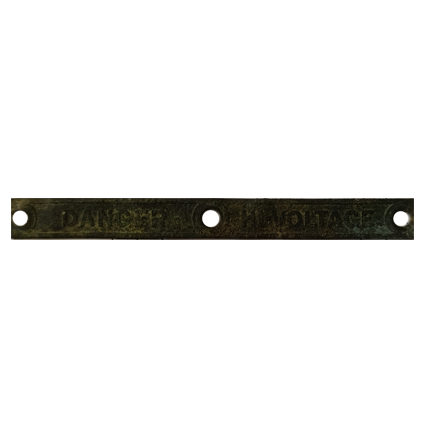
Brass metal piece
N.I. 178
Length 82mm | With 8mm
Weight 2,56g | Thickness 0,1mm


